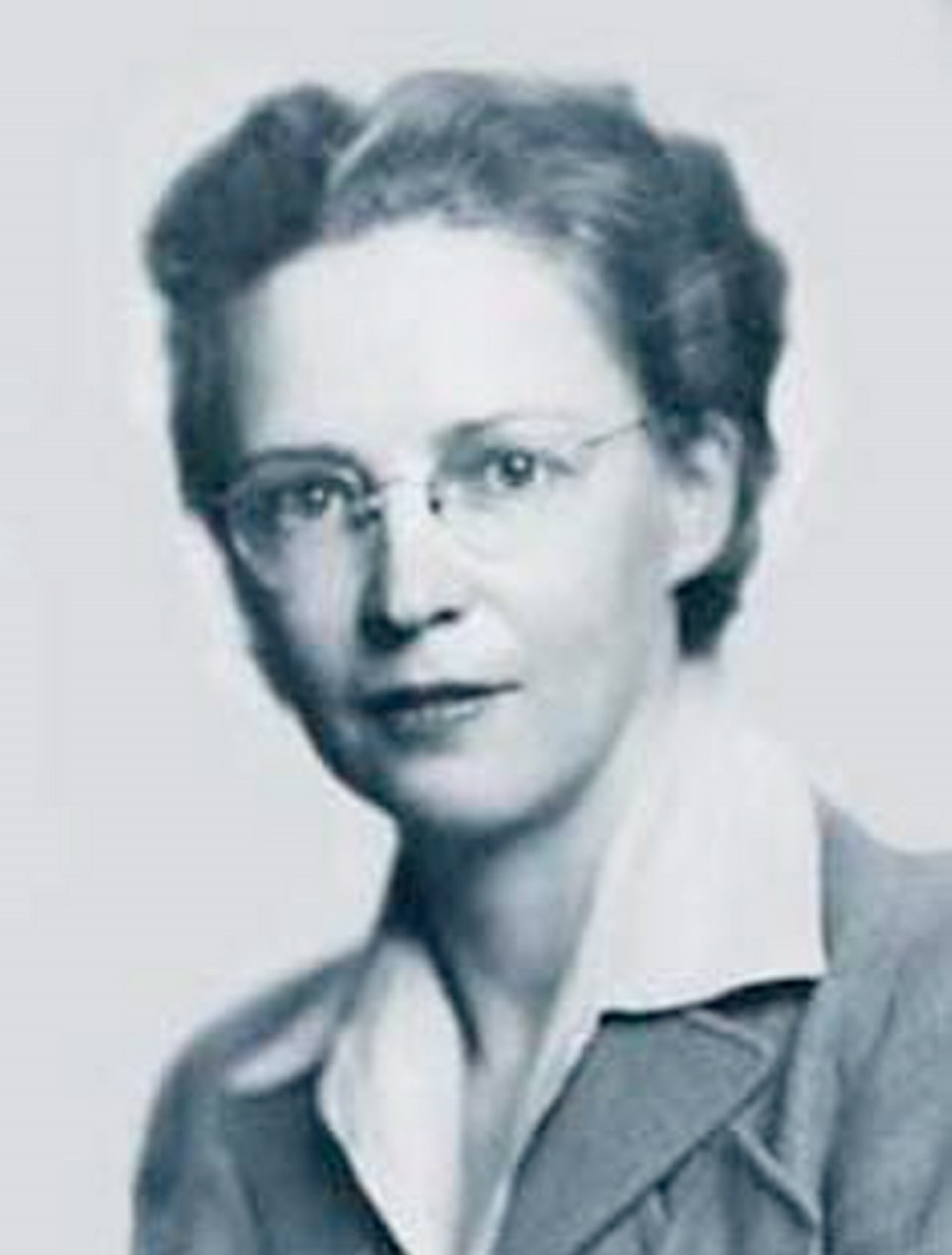 Why put women on Canadian banknotes?
Why put women on Canadian banknotes?
Because it’s 2016.
Though apparently Justin Trudeau hasn’t read the memo yet. At least, he hasn’t replied to Merna Forster’s letter, the one she wrote Nov. 30.
Still, Victoria historian Forster is hopeful, given A) the focus on gender equity in the new prime minister’s cabinet and B) some tweeted encouragement from a couple of those new cabinet ministers.
Forster, the author of 100 Canadian Heroines and 100 More Canadian Heroines, has spent the past 21Ú2 years pushing a petition (find the link at womenonbanknotes.ca) to have women from Canadian history added to our currency.
“Who and what is celebrated on our banknotes matters, as it reflects what we consider important in our culture and history and who we consider worthy of honouring for achievement,” she wrote Trudeau. “Women are not absent from the list of notable worthies in Canada, just notably absent or under-represented in many of the images that surround us and which contribute to our view of the world and our potential role in it.”
As it is, the only woman depicted is the Queen, who graces the $20 bill. And even those of us who are ardent monarchists — I habitually bow to dogs named Prince and turn pink at the ears when licking the back of certain postage stamps — must admit Her Majesty hardly qualifies as a pemmican-eating, Tim Hortons-sucking Canajun.
The Queen used to be on all the bills, but that ended in 1969 when the Bank of Canada booted her from four notes in favour of dead prime ministers: Sir Wilfrid Laurier on the $5, Sir John A. Macdonald on the $10, William Lyon (Talking to My Dead Mom Through My Dog) Mackenzie King on the $50 and Sir Robert (Bob Who?) Borden on the $100.
Those faces have stayed constant, though the back of the bills gets changed now and then, with individual notes being rolled out over the course of a couple of years when a new series is launched. The Scenes of Canada series was introduced beginning in 1969, followed by Birds of Canada in 1986, the Canadian Journey in 2001 and the Frontier series in 2011. (Many of us are still cranky over the decision to scuttle — figuratively speaking — the Johnstone Strait seiner that sailed across the back of the five from 1970-86; the boat was owned by Harry Assu, the chief of the Cape Mudge band from Quadra Island.)
In 2004, images from the women’s rights movement of the early 20th century — the Famous Five, Thérèse Casgrain — were added to the B-side of the $50 bill, but they got bumped by a coast guard icebreaker and the Inuktitut word for “Arctic” in 2012. That was the last we saw of women.
Even those of us who aspire to one day become a dead old white man have to question the narrow scope of Canada’s selections, particularly on the front of the bills (good lord, even Canadian Tire money features an old guy; “Angus McCanuck, our first prime minister,” is what we say when trying to exchange it in Seattle).
True, all of our prime ministers save for Kim Campbell (who was handed the helm of the Titanic for about 15 minutes in 1993) have been men, but why limit the bills to politicians at all? Wouldn’t you rather see Terry Fox (who was on the back of some one-dollar coins in 2005) than Robert Borden? How about Emily Carr? How about Carr’s old student Elsie MacGill?
Haven’t heard of MacGill? That just proves Forster’s point: Vancouver-born MacGill was the first woman in the world to design an airplane. She was instrumental in the production of the Hawker Hurricane fighter (the Americans made a “Queen of the Hurricanes” comic book about her) but couldn’t herself fly because of crippling polio. Canada has lots of Elsie MacGill-type stories.
Other countries are changing. In 2013, no sooner had former Bank of Canada governor Mark Carney taken over the Bank of England than he revealed that Jane Austen would adorn the 10-pound note beginning in 2017. (This followed protests over a decision to dump social reformer Elizabeth Fry — the only non-Queen woman on English notes — off the fiver in favour of Winston Churchill this year)
Last year, the U.S. announced plans to place a woman — possibly abolitionist Harriet Tubman — on its $10 bill by 2020.
Forster likes the example set by Australia, which has four banknotes with a man on one side and an Australian woman on the other, plus another bill bearing the image of the Queen.
Forster was encouraged recently after two of Trudeau’s new cabinet appointees responded positively to her Tweets.
“We are very aware of this and are working on it,” wrote Canadian Heritage Minister Mélanie Joly in French, while Status of Women Minister Patty Hajdu replied: “I think we will see women in all sort of ‘new’ places.”



